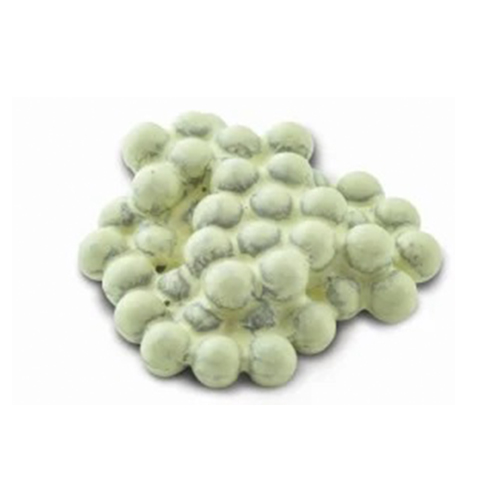
Egg Stage
Get A Free Quote
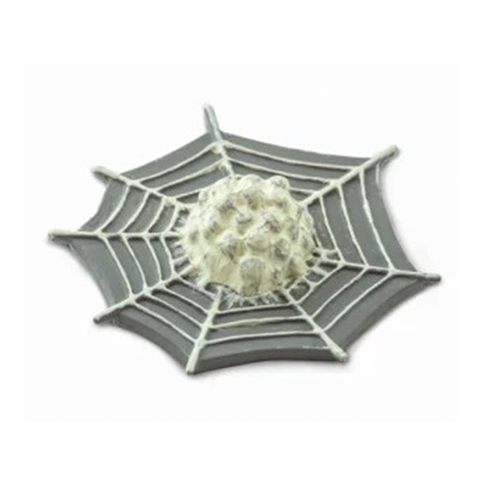
Hatching

Stage of Spiderlings
Spiderlings grow and develop through a succession of molts. Every time a spiderling molts, it loses its exoskeleton and grows a new, thicker one. Before becoming adults, spiderlings may molt multiple times, and each molt gets them closer to their final size.
Juvenile Stage:
Spiderlings go through the juvenile stage as they mature. While juvenile Australian spiders are similar to adult Australian spiders in appearance, they are often smaller and may have specific markings or colors. Young Australian spiders carry on feeding and developing until they reach adulthood.
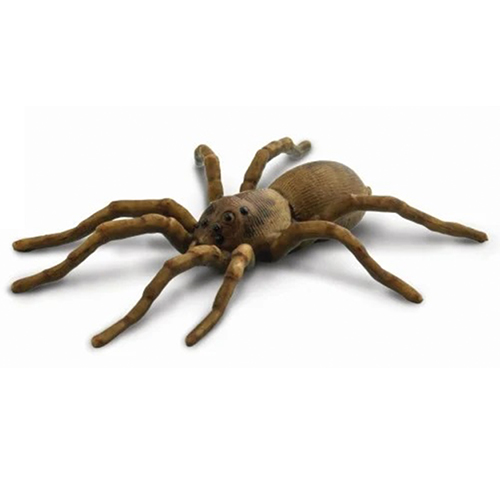
Adult Stage

Reproduction
Lifespan of Australian Spiders
Sydney Funnel-web Spiders: Funnel spiders in Australia have a lifespan of around 5 to 10 years. However, males have a much shorter lifespan, typically living only 1 to 2 years.
Redback Spiders: Redback spiders, known for their distinctive red stripe, typically live for around 2 to 3 years.
St. Andrew’s Cross Spiders: These large and striking spiders have a lifespan of approximately 1 to 2 years.
Wolf Spiders: Wolf spiders are common throughout Australia and typically live for around 1 to 2 years.
Trapdoor Spiders: Trapdoor spiders are known for their burrowing behavior and can live for up to 20 years.
The thing is, Australian spiders lifespan can vary greatly depending on factors such as species, habitat, and environmental conditions. It can be considered that the best spider killer is being eaten alive. A wide range of animals feed on Australian spiders, their eggs, and their young. Birds, reptiles, mammals, and various kinds of arthropods, such as centipedes, scorpions, and other species of Australian spiders, are among the animals that feed on vulnerable Australian spiders. Also, some people in South America and areas of Asia view spiders as meals.
Australian spiders are often the target of hunting wasps seeking food for their young. Some wasps lay eggs on the spider’s abdomen. After that, the larva will feed on the spider’s body after hatching and eventually develop into a thin, silky cocoon. Depending on the spider wasp, there are a few methods to this process. For example, to make enormous hairy Australian spiders simpler to handle, some will bite off their legs. Others will let the spider get eaten where it was stung rather than building a nest chamber to throw it in. However, the Australian spiders that the wasps target are big enough for the larva to finish developing on a single host, regardless of the type of spider. As a result, they frequently hunt golden orb spiders, huntsman spiders, and funnel spiders.
Learn more about Wasp Spiders regarding appearance, habitat, etc.
Feel Free to connect with us
Risks Faced by Australian Spiders
Predators: As mentioned, Spiders are preyed upon by a variety of animals, including birds, reptiles, and other spiders.
Habitat Loss: Deforestation and urbanization are leading to the loss of spider habitats across Australia.
Climate Change: Changes in temperature and rainfall patterns can impact spider populations and their prey.
Pesticides: Pesticide use can have a detrimental effect on spider populations, particularly in agricultural areas.
Competition: Australian spiders must compete with other predators for food and resources.
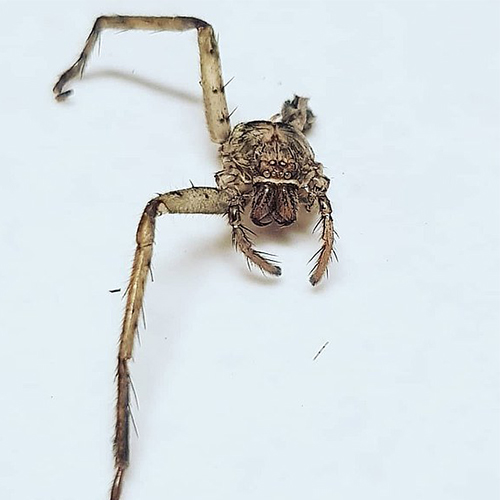
Autotomy
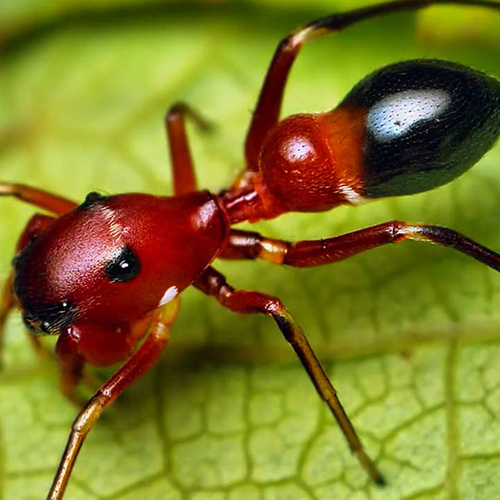
Memicry
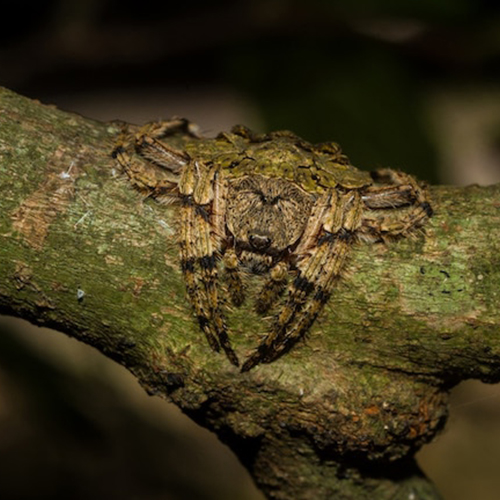
Camouflage
Australian spiders utilize a variety of tactics to keep their enemies away. Autotomy is one of the most noteworthy of them. This is the spider’s capacity to cut off its leg when a bird or other predator snags one of its legs. The leg usually breaks off near the center of the body, at the coxa-trochanter joint. Even more astounding, juvenile Australian spiders can repair their legs: a tiny, segmented leg grows within the coxal stump and emerges at the following molt.
Other strategies include behavioral tricks such as direct threat displays of warning colors on the spider’s body or fleeing a predator by slipping away fast on a silk dragline and pretending to be dead on the floor.
Camouflage and mimicry are among the more deceptive methods. Looking like something you are not, such as a drop of dung or a harmful or unpleasant animal (mimicry), or just disappearing into your surroundings (camouflage), has huge survival significance, especially during the day, in evading or repelling predators who would otherwise devour the spider. Some of these disguises also trick prey animals into getting near enough to be ambushed. Jumping spiders and Thomisidae spiders, employ the appearance and behavior of ants as a survival strategy. Bird predators avoid this spider because it resembles a Green Tree Ant, which is a powerful biter and stinger. The spider easily captures and eats wandering ants as the ants are easily ambushed because they perceive the spider as one of their own, most likely due to the spider’s ability to duplicate the ants’ chemical scent signals. After catching its prey, the spider drops off on a silk thread to consume its food safely.
Learn more about Australian spiders survival strategies
Australian Spiders Hunting Methods

Common Australian Spiders
Daddy-long legs Spiders:
One of the most common Australian spiders you may see in your home is the daddy-long legs spider. They frequently like to hide high, close to the roof, or beneath furniture. Due to their small size and extremely thin legs, they also happen to be difficult to spot. Moreover, because they are thought to be harmless, many people don’t bother removing them until they become dirty. There is an old legend that states that even though Daddy Long Legs contain the most lethal venom on the planet, they cannot kill people because their fangs are too short to pierce human skin. Both are inaccurate, as the venom of daddy-long legs is almost entirely harmless to people. Despite this, these small spiders are exceptionally good at capturing and devouring other spiders, including Redbacks.
Huntsman Spiders:
In Australian homes, these relatively huge, hairy spiders tend to be prevalent. Because of their size (they may reach up to the size of your palm), speed, and ability to stay in visible places on walls and ceilings, arachnophobes especially detest them. As it turns out, Huntsmen pose little threat to people. They have rather large teeth, so when they feel threatened, they may become violent and bite. However, pain at the bite site and other side symptoms like nausea and headaches are usually the severe consequences of a Huntsman bite. Occasionally, they can cause car crashes by suddenly appearing in cars. To keep insects under control, some individuals prefer to leave them alone despite their size and relative harmlessness. Some even assign names to them.
Garden Orb Weaving Spiders:
Australian orb spiders, which include the orb weaver, are huge, brown, or gray spiders with heart-shaped abdomens that are about the size of a 20-cent coin. Because they tend to create enormous webs and create new ones every day, they can frequently unintentionally create problems for humans. These are often built through an exposed part of the garden and attached to nearby plants and trees. This sometimes means that the web sits immediately over a path or walkway, and humans can walk right into it – with the spider sitting in the middle, around face height. They pose very little harm to people other than this concerning behavior; they are not aggressive, simply cautious biters, and their bites typically only result in little pain and swelling.
Feel Free to connect with us
Most Dangerous Australian Spiders
Redback Spiders:
One of the two deadliest Australian spiders, redback bites can be lethal to humans. This spider is arguably the most well-known, and common in most Australian homes. They are usually polished black with a beautiful red stripe on the back and about the size of a 10c coin. Due to their preference for the dark corners of structures, redbacks have become much more prevalent in Australia. Redbacks spend most of their adult lives in the same location. Though they don’t like to bite, they will if they feel threatened. Unfortunately, this occurs fairly frequently when humans unintentionally intrude on their territory due to their tendency to hide under trash bin handles and frequently behind toilet seats. Their bites are painful, inflammatory, and gradually spread, and they frequently have numerous other serious side effects like sweating and muscle spasms. Although hospitalization isn’t usually necessary for bites, it’s always a good idea to seek medical attention if someone has been bitten.
Funnel Web Spiders:
Given its extremely lethal venom and propensity to attack when threatened, not to mention its enormous fangs that can pierce through shoe leather, this spider may be the most dangerous in any part of Australia. Funnelweb venom is strong and acts quickly, causing severe discomfort upon biting. Unusual side effects include drooling, goosebumps, tears, spasms in the muscles, an increased heart rate, and confusion are frequently experienced. Although they have occasionally been discovered in other states, they are primarily found on Australia’s east coast. Their webs have a unique funnel-like shape, which gave them their name. While males like to roam during the warmer months in search of females to mate with—which is usually when they come into contact with humans—females typically remain inside their webs.
Here are the top 10 most dangerous Australian Spiders
Interesting facts about Australian Spiders:
- Australia has around 3,000 identified spider species. This diversity includes both venomous and non-venomous spiders.
- The majority of Australian spiders carry venom, although just a few are especially deadly to humans. They are cautious biters who typically bite as a last resort when threatened.
- Only two Australian spiders, the Redback spider, and the Sydney Funnel Web, have killed individuals with their bites in the last two centuries, and antivenoms are available for both types of bites.
- Redbacks are only dangerous when they are female. The female redback usually eats the male after (or occasionally during) mating. The male is about a quarter the size, harmless to humans, and gets eaten.
- Research of Funnel Web antivenom has deduced that there have been no reported Funnel Web deaths since 1981.
- Spiders present less risk than bees. In a given period, 12 individuals died from bee and wasp stings, whereas no one died from spiders bites.


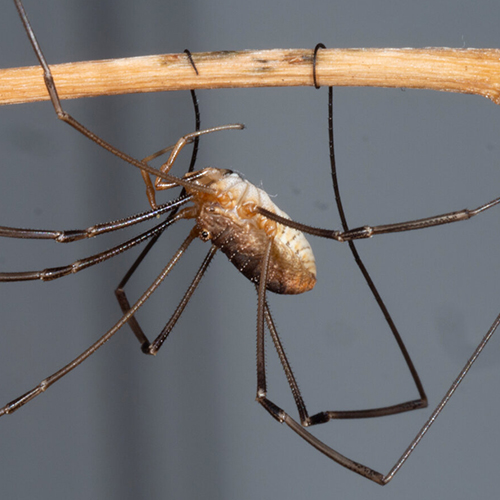

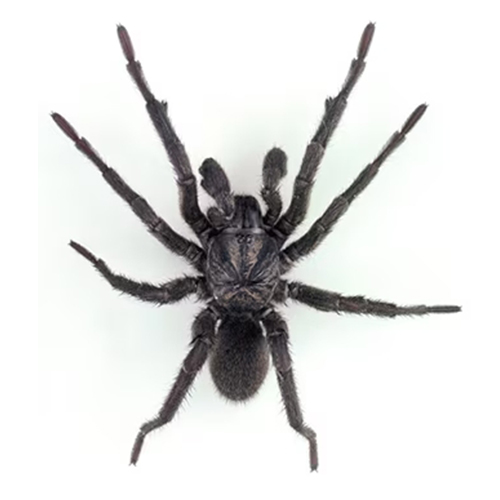
0 Comments